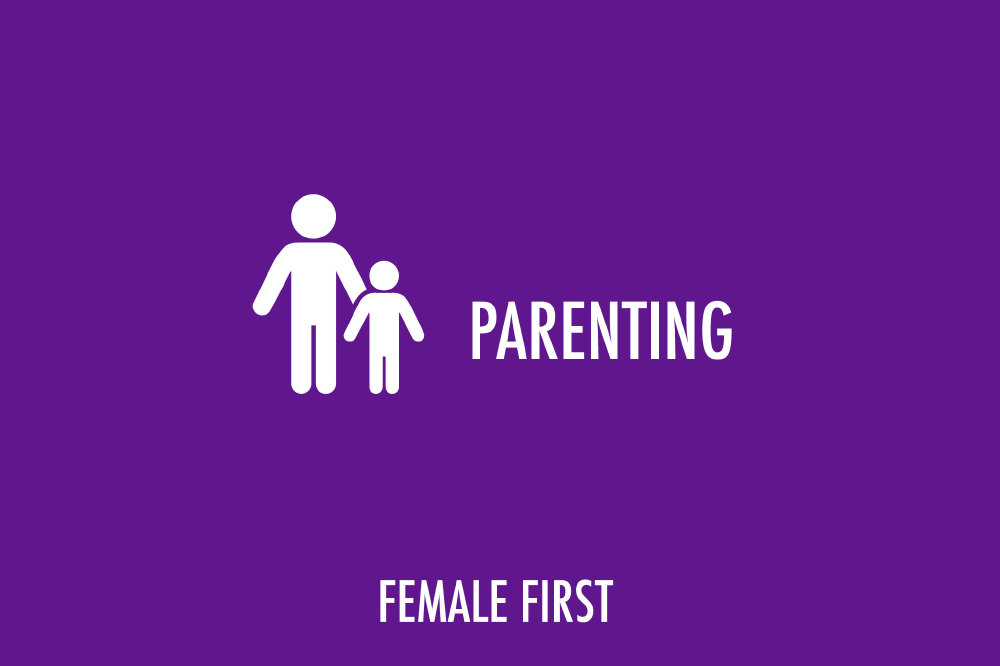Imagine a place where it's not one baby born every minute, it's 4 every second.

Parenting on Female First
You don't need to imagine too hard, that's the world we live in. The popular TV show has it firmly ingrained into the nation's conscious that there's only "one born every minute". But did you know it's more like 4 born every second around the globe, that's 265 every minute?
The global population currently stands at 7.7 billion, and we’re adding to it by around 265 babies per minute. At this rate, the population is expected to continue to rise and to hit 8 billion in 2023 and 10 billion by 2050. There are around 130 million babies born every year around the globe. A big number like that means very little to most people; when you watch the global birth rate counter designed by cord blood collection and storage company Smart Cells, the number is far easier to visualise.
On opening the page, a counter starts charting birth rates on each continent by the second in real time, highlighting how in some areas, such as Sub-Saharan Africa, there is one baby born more frequently than every second: 72 per minute. The continent with the lowest birth rate might surprise you: North America’s total population is a figure not to be laughed at - almost 362 million - yet its birth rate is surprisingly small: just 11.64 babies are born to every 1000 members of the population, compared to 22.22 in the Middle East and North Africa, whose population numbers 444 million, the next closest population size.
These figures might be of interest to many, but what is more likely to be a shock is the impact that numbers like these have on pregnant women and new mothers around the world. Access to prenatal care and skilled staff present at births is dwindling in South Asia and Sub-Saharan Africa, where just 58% of births in the latter are attended by skilled healthcare professionals and only 79% of women in the former receive prenatal care. This compares to 99% and 100% respectively in North America. This accounts to millions of pregnant women around the world who do not have access to suitable care for their needs, and 50% of women globally who do not receive the level of care that is recommended during pregnancy. It is suggested that, partly due to inadequate care during delivery, an estimated 303,000 mothers and 2.5 million newborns died in the first month of life in 2017.
Highlighting these figures is real time is important in helping people understand the effect that the disparity in healthcare has in less developed countries. One of the most shocking figures the counter presents is how closely the percentage of children with anaemia seems to relate to lack of access to prenatal healthcare. In areas like Sub-Saharan Africa where 60% of children under 5 suffer from anaemia, just 58% of these births were attended by skilled health staff; in South Asia, the number stands at 55% of children with anaemia and only 79% of pregnant women having access to prenatal care. Anaemia is the most common all blood conditions but Shamshad Ahmed, CEO at Smart Cells, explains, “Stem cell therapy can help alleviate the symptoms of anaemia by boosting the production of healthy red blood cells.”
He continues:
“Advances in medicine, sanitation, and food production, has helped population numbers increase faster from the 1900s onwards. However, experts do believe population growth will peak in the next 100 years. Recently the negative effect that higher population has on our planet has been highlighted by campaigners, celebrities and the Royal Family. Experts believe limiting your family to only one or two children can help stabilise population growth to a level that won’t put as much strain on our planet’s natural resources. It's hard to imagine the global population and births until you see it in numbers.”
Tagged in Babies

